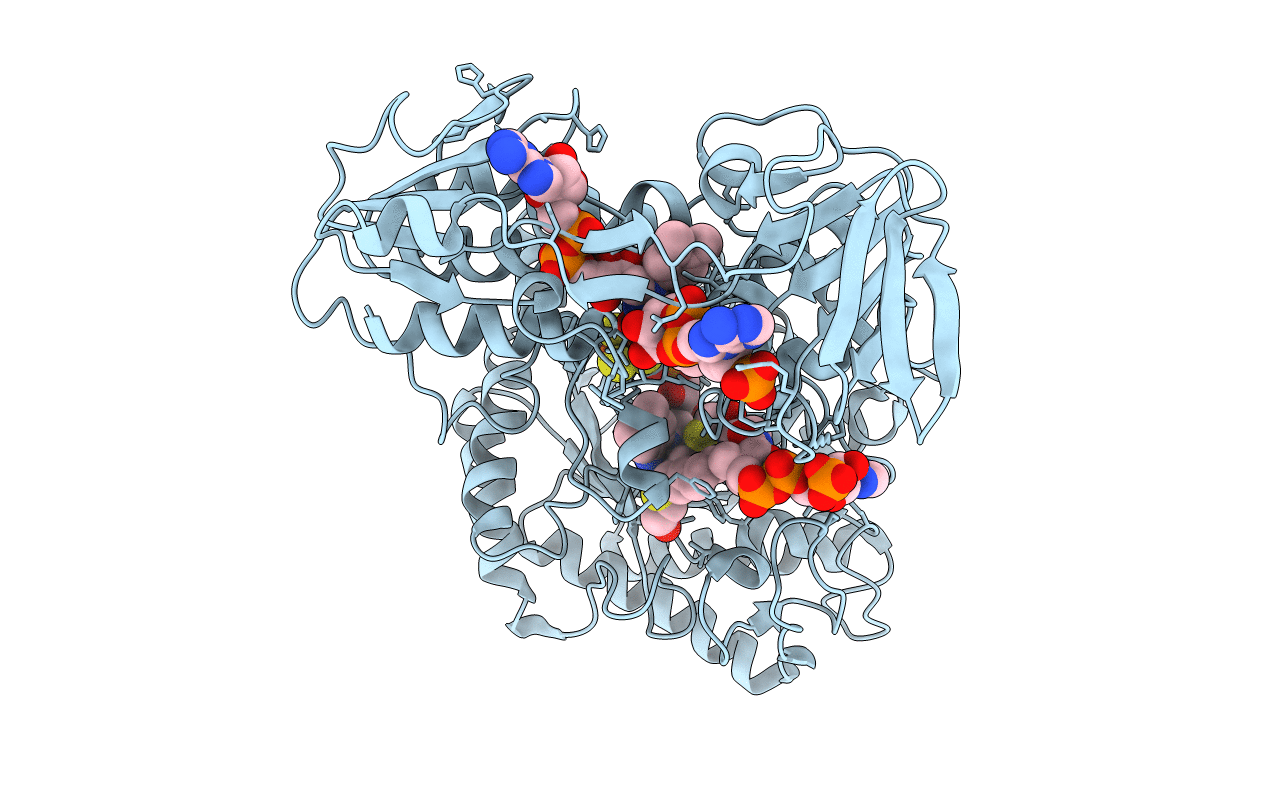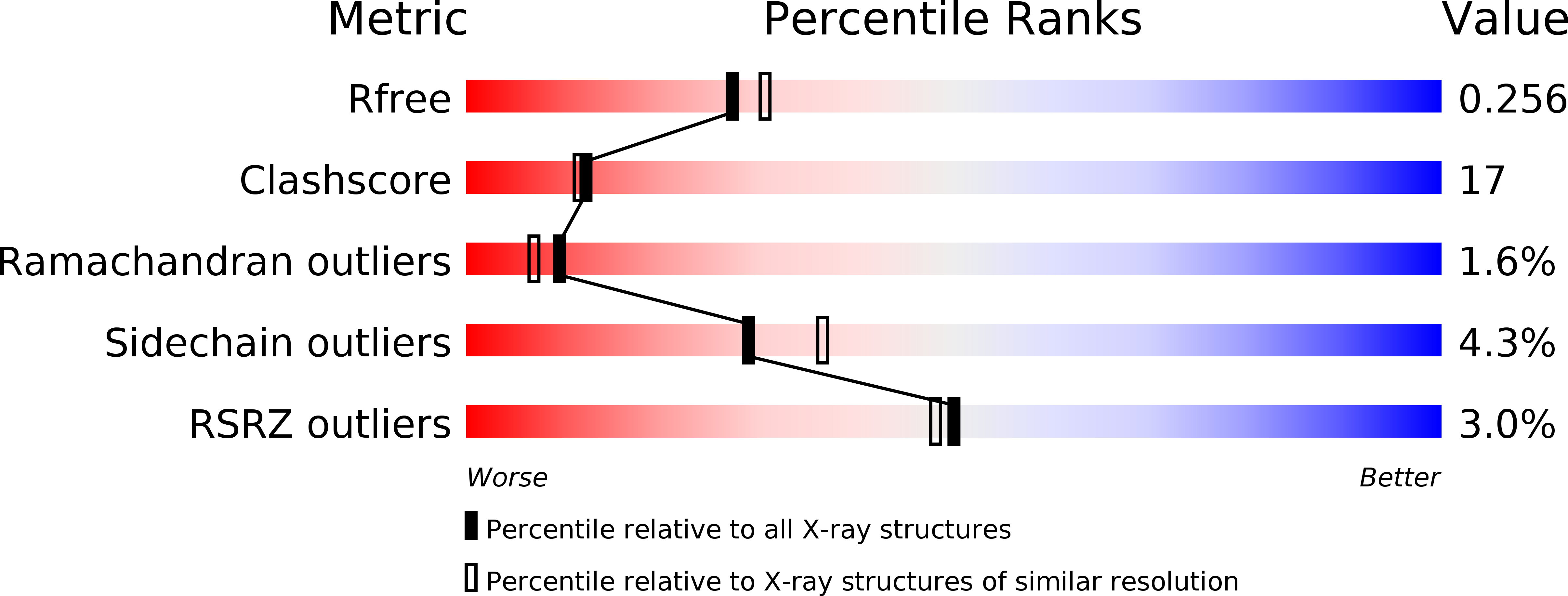
Deposition Date
2003-06-20
Release Date
2003-09-30
Last Version Date
2024-02-14
Entry Detail
PDB ID:
1PS9
Keywords:
Title:
The Crystal Structure and Reaction Mechanism of E. coli 2,4-Dienoyl CoA Reductase
Biological Source:
Source Organism:
Escherichia coli (Taxon ID: 562)
Host Organism:
Method Details:
Experimental Method:
Resolution:
2.20 Å
R-Value Free:
0.24
R-Value Work:
0.20
R-Value Observed:
0.20
Space Group:
P 21 21 21


